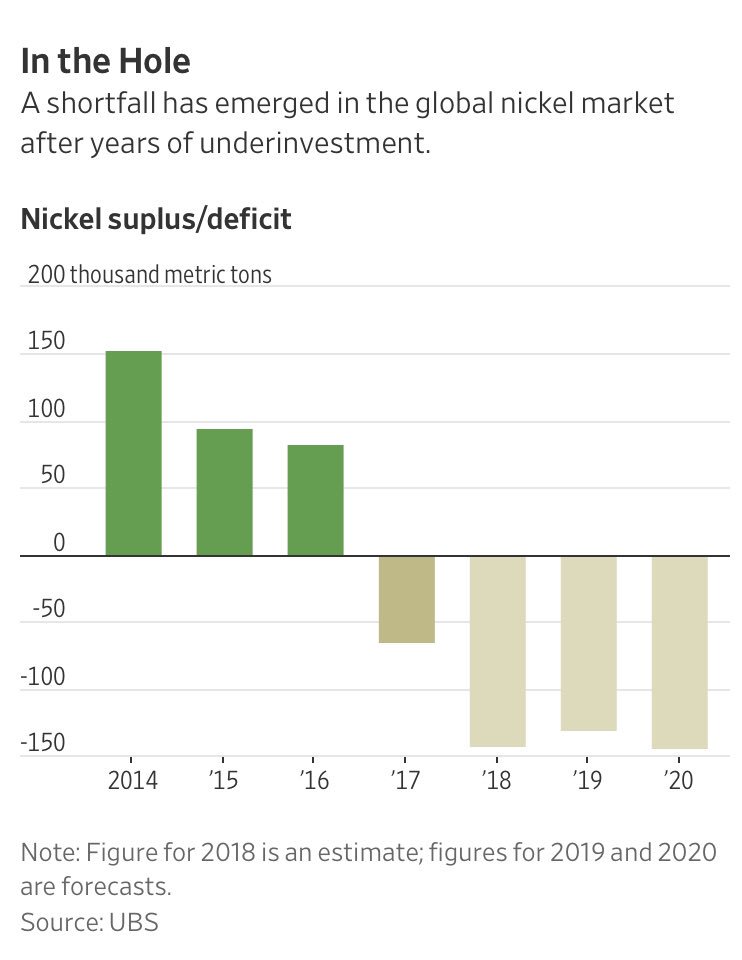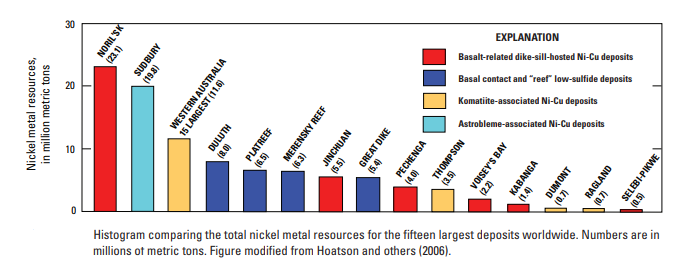Looming Nickel Shortage Threatens to Slam the Brakes on Governor Walz’s Electric Vehicle Mandates
Governor Walz recently announced that he wants hundreds of thousands of electric vehicles on Minnesota roads by 2030, but a world-wide shortage of nickel threatens to slam the brakes on EV’s.
Lithium ion batteries for electric cars are metal intensive, and companies like Tesla are increasingly seeking to substitute nickel for the cobalt in these batteries due to ethical concerns about child miners in cobalt mines in the Democratic Republic of the Congo. This surging demand for nickel has caused prices to skyrocket, as Forbes reports they have risen 30 percent in the last two months.
The Wall Street Journal projects nickel deficits for through 2019 and 2020 and the metal shortage will be exacerbated by Indonesia’s decision to ban all raw nickel exports and long lead times for mine permitting in areas like Minnesota.

Governor Walz recently took to the pages of the Star Tribune in an editorial entitled “Minnesota Will Lead on Climate if Washington Won’t,” to tout his “green” credentials, but if the Governor truly wanted to be a global leader on climate, he would open up the Duluth Complex to mining, because it is the single-largest undeveloped source of copper and nickel in the world, and these metals will be in high demand if the entire world is to shift to (expensive and inefficient) renewable energy sources and (unprofitable) electric cars.

American Experiment’s research shows expanded mining would be a massive boost for Minnesota’s economy.
New information shows expanded non-ferrous mining in our state would create up to 4,667 direct jobs in the mining industry, which pay an average of $80,000 per year, support 4,912 indirect jobs, and 5,271 induces jobs, for a total of 14,851 jobs, and boost Minnesota’s GDP by $5.9 billion each year, according to the economic modeling software IMPLAN, the industry standard software for economists.
Unfortunately, we are not developing these projects due to endless anti-mining lawsuits that have perpetually kicked the permitting process down down the road. Furthermore, it is unclear how Governor Walz views mining. He has recently offered tepid support for the PolyMet project, but he opposed the Twin Metals mine during his gubernatorial campaign, and his decision to ignore the science on the Line 3 replacement project does not instill confidence that he will not needlessly delay other economy-growing projects.
American Experiment has demonstrated that nuclear power and large hydro are superior energy sources to wind and solar, but if Governor Walz truly believes wind and solar are the future, there would be no better way to show true leadership on climate than to allow environmentally responsible mining in Minnesota to be a major contributor of the copper and nickel needed to make the wind turbines, solar panels, and electric cars a reality.